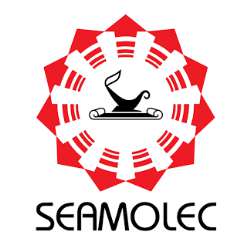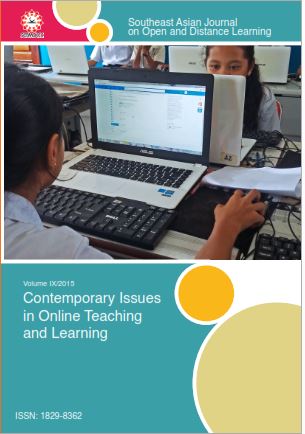
Tags
THE CHALLENGES AND OPPORTUNITIES TO GROW INSTITUTIONALLY FOR THE DOUBLE DEGREE PROGRAM BETWEEN INDONESIA AND CAMBODIA
Content Language : English

Vol 9 No 1 (2015): Contemporary Issues in Online Teaching and Learning
Muong Phasy
National Polytechnic Institute of Cambodia
Abstract
An increasing number of universities worldwide see the advantages of Double Degree programs and are working to develop more international agreements of this type.
Double degree programs, where participants spend time in two institutions in different countries and are awarded degrees from both institutions, are a very efficient way of gaining international exposure, and gain the desired broad exposure in order to better qualify for the job market.
Obtained at both universities within the program will be mutually acknowledged, resulting in a shortening of the required study time compared to acquiring both degrees separately. In today’s international labor market, the international exposure will be highly valued and graduates with degrees obtained in two different
countries will be one step ahead of the competition. Besides the life skills, the advantages of a double degree Student should be able to include:
- Improve of their capacity building
- Exchange experience of both families
- Transfer the high education training
- Strengthen relationship between Cambodia and Indonesia
- Experience the best of both each university adds its specialty to the program and thus complements the partner university
- Experience a different culture, business environment and learning approach
- Gain greater perspective in addressing international issues
- Undergo a diverse learning experience through a more international classroom
- To see different working environments and get more experienced
- May be hard to adapt and may bring youhard times but this will help you to learn how to deal with difficulties and become accustomed to an entirely new environment.
- Learn the local customs and be a member of that community by joining the traditional activities.
Attachments

This work is licensed under a Creative Commons Attribution-NonCommercial-ShareAlike 4.0 International License.
